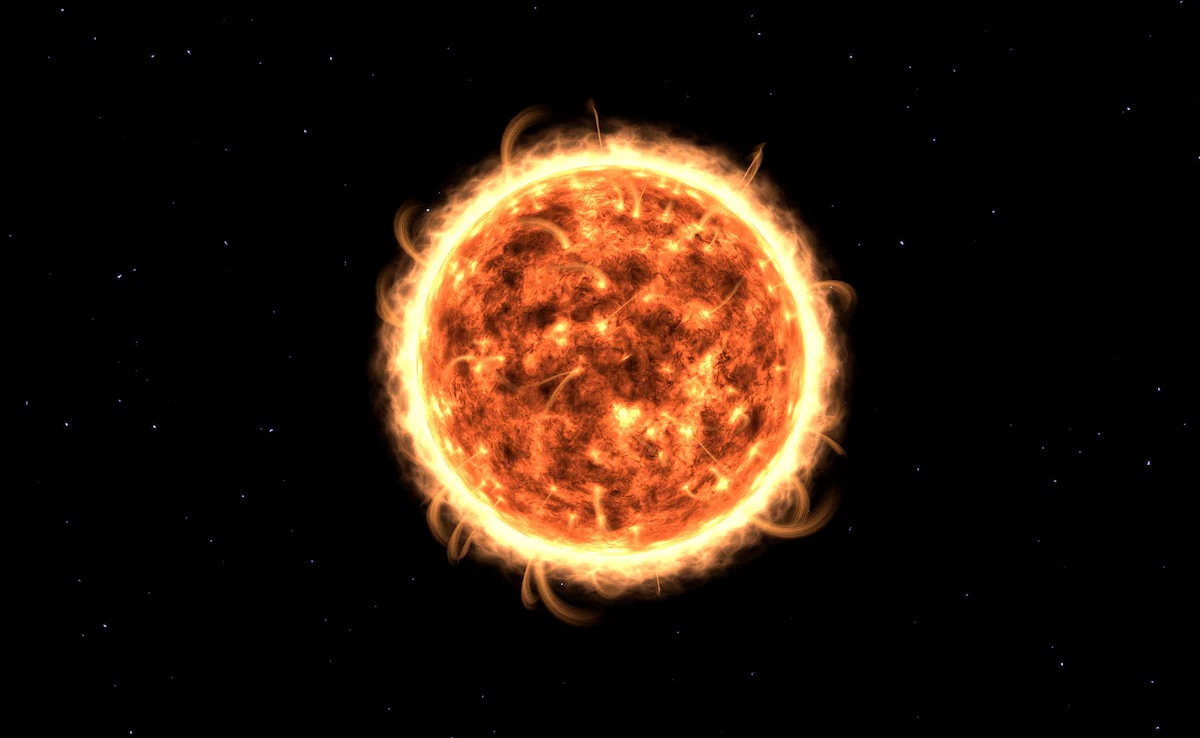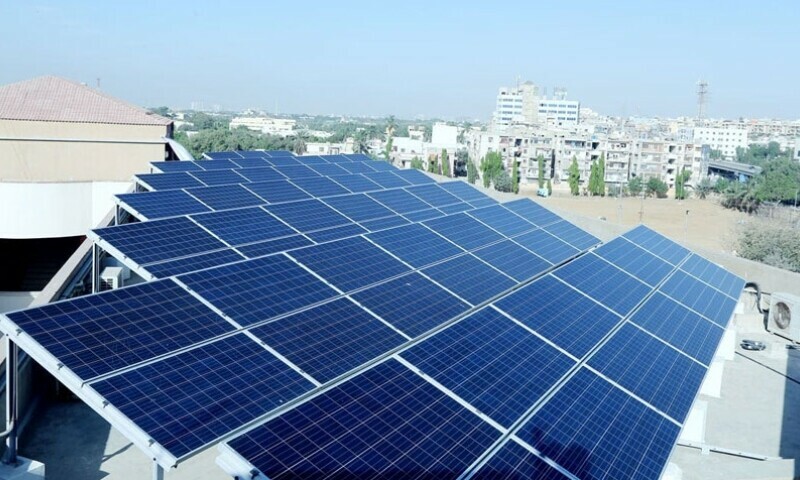Increased Solar Activity Raises Concerns
In the last week, the sun has exhibited heightened activity, marked by a surge in sunspots and the launch of multiple coronal mass ejections (CMEs) daily. Newsweek reports that Earth is currently grappling with solar storms, and there’s a potential threat of another one hitting today, as warned by NASA.
Potential Collision Course with Earth
NASA highlights the risk of one of these CMEs being on a collision course with our planet. When a CME impacts Earth, it can trigger a geomagnetic storm, causing disturbances in the Earth’s magnetic field and atmosphere due to solar plasma.
Insights from Experts
Huw Morgan, head of the Solar Physics group at Aberystwyth University in the UK, explains, “When a large plasma storm erupts from the sun, carrying a magnetic field opposite to Earth’s, we have a ‘perfect storm’ and a larger geomagnetic storm.” Spaceweather.com mentions the possibility of minor G1-class geomagnetic storms late on November 25th through 26th, with two CMEs potentially grazing Earth’s magnetic field.
Solar Dynamics Explained
Daniel Brown, associate professor in astronomy and science communication at Nottingham Trent University, elucidates that solar flares and CMEs result from the sun’s magnetic field being twisted and stressed through its motions.
Coronal Mass Ejections (CMEs) Defined
CMEs are massive expulsions of plasma and magnetic fields from the Sun’s corona, capable of ejecting billions of tons of coronal material. They carry an embedded magnetic field stronger than the background solar wind interplanetary magnetic field (IMF) strength. CMEs travel outward from the Sun at speeds ranging from slower than 250 km/s to as fast as nearly 3000 km/s.
Understanding Geomagnetic Storms
Simultaneously, a geomagnetic storm refers to disruptions in Earth’s magnetic field caused by solar emissions. These storms are categorized on a scale from G1 to G5, with G1 being the weakest. While a G1 geomagnetic storm is unlikely to cause harm to life on Earth, it can impact power grids and satellite functions, including those crucial for GPS systems and mobile devices.
Source:ndtv.com





